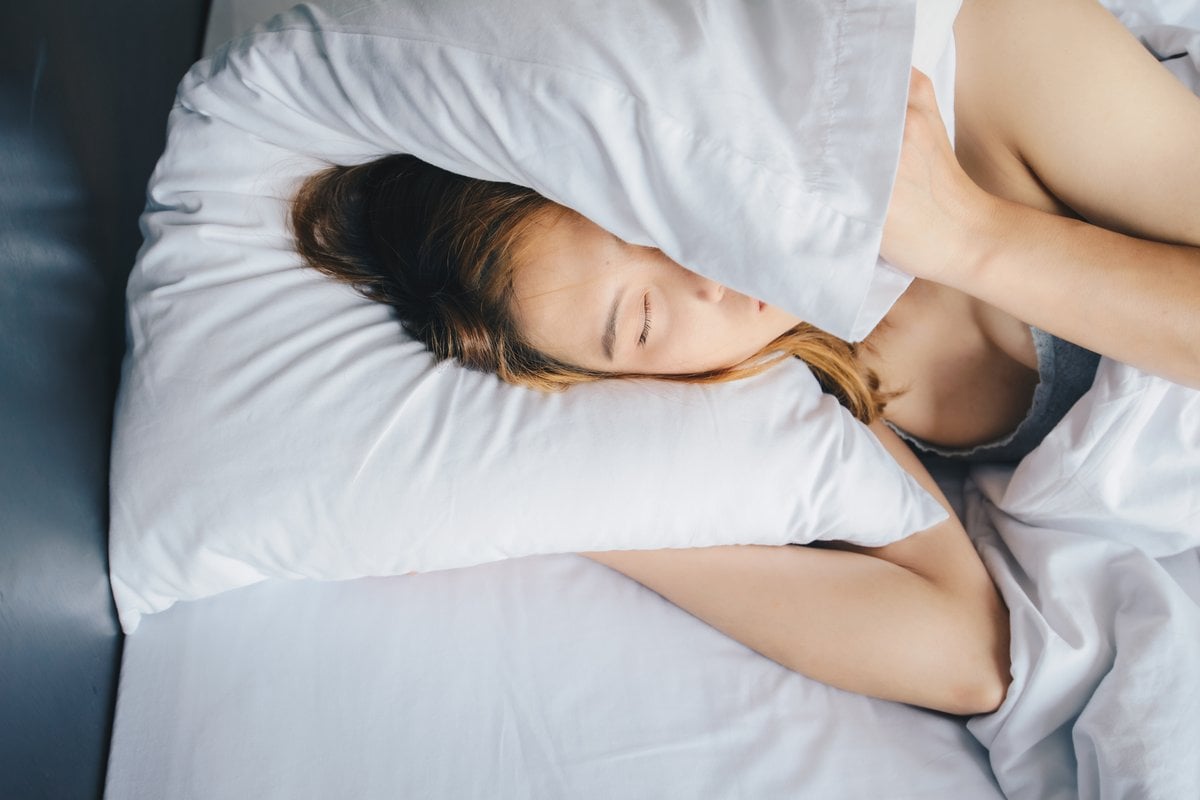
Something happened when I became pregnant with my daughter. I started waking up in the middle of the night. For a long time, this didn’t bother me at all. I’d wake up, do some reading, and go back to sleep.
As my daughter grew older, however, waking up in the middle of the night became problematic. It’s not too unusual to carry odd hours with an infant. It’s another story when you’re trying to balance work and a school-aged child.
For the past couple of years, I’ve tried to curb my split-sleep habit. Occasionally, I’d still wake up in the middle of the night and wind up getting some writing done. But I still spent most nights with the intention of sleeping through it without any interruption. For the most part, it worked.
Watch: How to sleep again in four simple steps. Post continues below.
Things shifted again in 2019. It seemed like no matter how hard I tried, or how desperate I was for a good night’s sleep, I kept waking up at random times like 2am or 4am — and then I couldn’t get back to sleep.
After several months of that, I felt exhausted. I knew that something needed to change, but I was having a hard time making anything positive happen.
Basically, I was sleeping "well" for about two to four hours each night, waking up tired yet unable to fall back asleep, and then I was drowsy all day. The lack of sleep left me feeling grumpy and foggy.


Top Comments